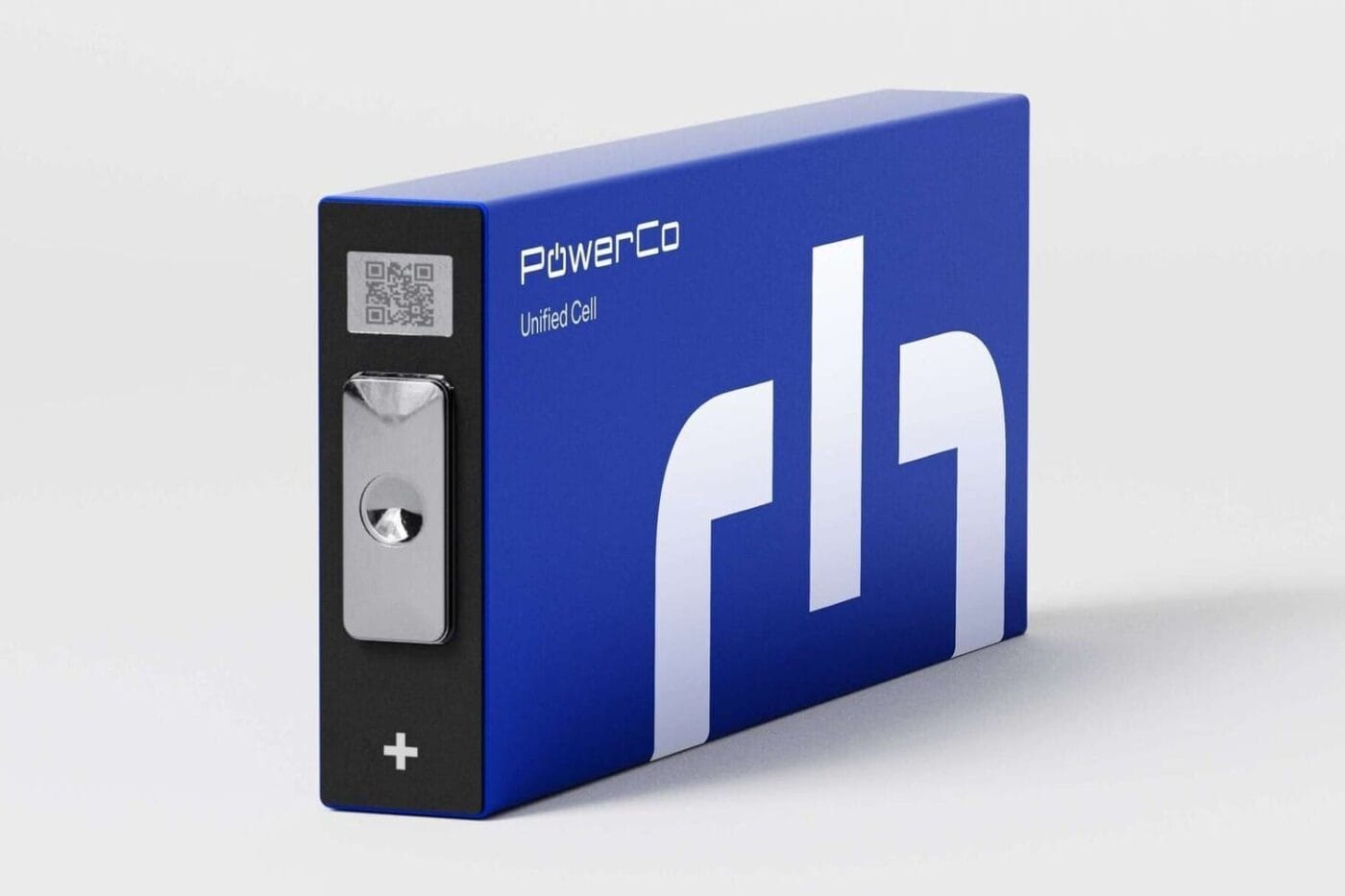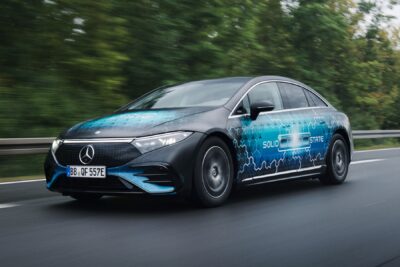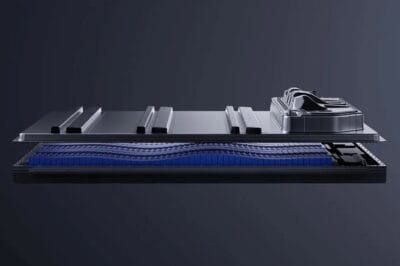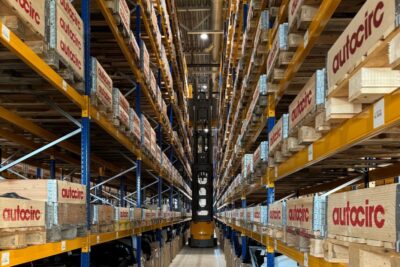PowerCo: Battery production in Spain scheduled to start in July 2027
PowerCo’s current operational plan reportedly foresees the start of battery cell deliveries from its Spanish plant in the Valencia region in July 2027. At that point, two production blocks with a combined annual capacity of 20 GWh are expected to go online. That’s according to the Spanish La Tribuna de Automoción, citing several industry sources familiar with the project.
The battery cells from Sagunt are intended for Volkswagen’s plants on the Iberian Peninsula, where four small electric models and later the series version of the even smaller ID.Every1 will be produced. At first glance, the mid-2027 timeline for battery production could appear problematic, as series production of the four small EVs is scheduled to begin next year.
The report mentions the Cupra Raval starting in June or July 2026 at the Martorell plant, followed by the VW ID. Polo about a month later at the same site. The two SUV models, the Skoda Epiq (also from June or July 2026) and the VW ID. Cross (from November 2026), will be assembled at the Navarra plant. This information has not been confirmed by VW, but is based on insider information from La Tribuna de Automoción.
However, there appears to be a Plan B and even a Plan C before the car factories receive cells from Spain. Initially, battery cells are to be supplied from PowerCo’s German plant in Salzgitter, according to the report. This would require the scheduled production start in Salzgitter in mid-2026 to proceed as planned. If that launch is also delayed, there are reportedly considerations to source the cells from China at first. La Tribuna de Automoción had already reported on this option in March.
A German PowerCo spokesperson told electrive that the group has pursued a “Make AND Buy” strategy for the battery “from the very beginning” – “so there are always multiple suppliers of the standard cell, both internal and external.” That means: the fact that the cells for the Spanish-produced electric compact cars come first from another plant or are even purchased externally is not unusual, but part of the plan.
Under the current timeline, pilot production in Sagunt is expected to start in September or October 2026. This marks a slight delay compared to the previous plan, when that stage was still scheduled for July 2026. In response to an enquiry from the news outlet, PowerCo confirmed only that it had “begun installing the Clean & Dry Rooms” this year and that its goal is to start cell production in 2026 – even if only with pre-series volumes. The company did not specify whether this will take place in July or later in September or October.
PowerCo intends to “gradually increase capacity according to demand”. Initially, both the Salzgitter and Sagunt plants will each have two blocks with 20 GWh, but both sites are designed for two additional blocks – up to 40 GWh each. Citing industry insiders, La Tribuna de Automoción writes that further expansion of the two European cell factories will be postponed for the time being, as the PowerCo plant in St. Thomas, Canada, has higher priority. The first deliveries there are expected at the end of 2027.
The PowerCo facility under construction in Canada is designed for up to 90 GWh, making it larger than the two European sites. As the Ontario plant is heavily subsidised by public funding, production there is expected to be “highly profitable”. It appears to be so profitable that there are even discussions about further expanding the Canadian site and shipping cells from there to Europe. Despite the logistics costs, “profitability would be higher than producing the components in Spain and Germany,” one of the sources was quoted as saying.
latribunadeautomocion.es (in Spanish)
This article was first published by Sebastian Schaal for electrive’s German edition.





1 Comment